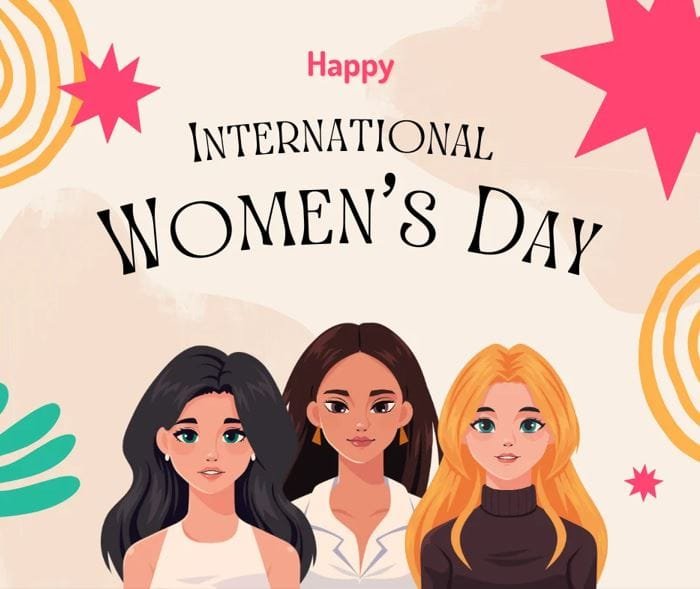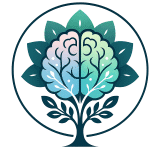Empowered Women, Empower Humanity: Celebrating Strength, Health, and Sacrifice on International Women’s Day 2025 (March 8)
Introduction
Every year, on March 8th, we celebrate International Women’s Day, a moment to reflect on the incredible achievements, resilience, and sacrifices of women throughout history. Women are the backbone of society, contributing in every sphere—whether as mothers, leaders, warriors, caregivers, or innovators. In India, this day holds special significance, as it echoes the triumphs of women like Savitribai Phule, the pioneer of female education, and Kalpana Chawla, the first Indian-born woman in space. Their stories, alongside countless others, remind us to honor unwavering courage, promote health and wellness, and reinforce the global importance of gender equality.

The History of International Women’s Day
| Year | Milestone |
| 1909 | First National Women’s Day observed in the United States on February 28th, organized by the Socialist Party of America. |
| 1910 | Clara Zetkin proposed International Women’s Day at the International Socialist Women’s Conference in Copenhagen. |
| 1911 | First International Women’s Day celebrated in Austria, Denmark, Germany, and Switzerland on March 19th. |
| 1913-1914 | Date officially shifted to March 8th; became a rallying point for women’s rights protests. |
| 1975 | United Nations formally recognized International Women’s Day. |
| 2000s | Transitioned into a global celebration of achievements, with increased focus on gender equality. |
| 2001 | India’s National Policy for Empowerment of Women launched, addressing education, health, and economic participation. |
| Present | Marked by campaigns, events, and dialogues on empowerment, equity, and holistic well-being. |
The Power and Courage of Women
This year, we are celebrating International Women’s Day 2025, from fighting for suffrage to leading nations, women have time and again proven their ability to challenge norms and create change. Globally, figures like Malala Yousafzai and Ruth Bader Ginsburg inspire us, but India’s history is equally rich with trailblazers. Rani Lakshmibai defied colonial rule, while Dr. Kiran Bedi became India’s first female IPS officer, reshaping perceptions of women in law enforcement. In science, Dr. Tessy Thomas, known as the “Missile Woman of India,” spearheaded ballistic missile development.
Courage also thrives in everyday acts. Consider the ASHA workers—rural health volunteers—who trek miles to ensure maternal care in remote villages, or mothers in agrarian communities balancing farm labor and family care. Their resilience, though unsung, fuels progress.
Women’s Health and Wellness: A Cornerstone of Empowerment
While women achieve remarkable feats, their health must remain a priority. In India, initiatives like the Janani Suraksha Yojana provide free antenatal care, reducing maternal mortality by 50% since 2000. Yet, challenges persist: anemia affects 53% of Indian women, underscoring the need for balanced nutrition.
- Physical Health
- Ayushman Bharat: This scheme offers free health screenings to 50 crore Indians, prioritizing women’s access to preventive care.
- Traditional Practices: Yoga, rooted in Indian culture, enhances hormonal balance and mental clarity.
- Balanced Nutrition: A diet rich in iron, calcium, and essential vitamins helps maintain long-term vitality.
- Exercise: Strength training and cardiovascular workouts help in maintaining fitness, hormonal balance, and mental well-being.
- Mental and Emotional Well-Being
- Meditation and Mindfulness: Practicing mindfulness reduces stress and fosters clarity and focus.
- Therapy and Support Groups: Talking to a professional or joining a women’s support group can help in emotional healing.
- Setting Boundaries: Learning to say no and prioritizing personal well-being is crucial.
- NIMHANS Initiatives: India’s premier mental health institute runs workshops for rural women on stress management.
- Self-Help Groups (SHGs): Over 70 lakh SHGs empower women to discuss issues like domestic violence openly.
- Neuro-Linguistic Programming (NLP) Techniques
- Reframing Negative Thoughts: Transform limiting beliefs (e.g., “I’m not strong enough”) into empowering affirmations (“I am powerful and capable”).
- Anchoring Positive States: Associating a physical action (such as a deep breath or touching a specific point on the hand) with feelings of confidence and peace.
- Visualization: Imagining a successful and happy version of oneself reinforces self-worth and motivation.
The Sacrifices Women Make for Society
Indian women often navigate dual roles—managing careers while upholding familial duties. For instance, Lijjat Papad’s cooperative, entirely run by women, balances entrepreneurship with homemaking. Rural women, like those in Kerala’s Kudumbashree collective, invest hours in micro-enterprises while caring for families. Such sacrifices highlight the need for systemic support, like India’s extended maternity leave (26 weeks) and the Beti Bachao Beti Padhao campaign, promoting girls’ education.
Moving Forward: How We Can Support Women
- Advocate for Equal Opportunities
- Corporate India: Companies like Tata and Infosys have instituted gender-neutral parental leave and leadership programs.
- Legal Reforms: The 2021 amendment to the Maternity Benefit Act mandates crèches in offices with 50+ employees.
- Encourage Women’s Health and Self-Care
- Digital Solutions: Platforms like Practo and MFine offer teleconsultations, bridging urban-rural healthcare gaps.
- Community Efforts: Anganwadi workers conduct nutrition workshops, emphasizing iron-rich diets for adolescent girls.
- Educate the Next Generation
- STEM for Girls: Atal Tinkering Labs encourage girls to pursue tech careers, while Vigyan Jyoti scholarships support STEM education.
- Gender Sensitivity: CBSE’s curriculum now includes chapters on consent and equality, fostering respect from a young age.
Conclusion
Women’s Day is not just a celebration—it is a call to action. In India, where tradition and modernity coexist, empowering women means honoring farm laborers and CEOs alike. Let’s pledge to support policies like equal pay and healthcare access, celebrate stories of resilience from Kerala to Kashmir, and prioritize well-being daily. When Indian women rise, they carry families, communities, and the nation forward.
Happy International Women’s Day!
Q. Why is International Women’s Day celebrated on March 8th?
Answer: March 8th was officially adopted in 1913-1914 as the date for International Women’s Day to unify global efforts for women’s rights. It marks protests for suffrage, labor rights, and equality. In India, the day also aligns with modern campaigns like Beti Bachao Beti Padhao (Save the Girl Child, Educate the Girl Child)
Q. What are the key government schemes supporting women’s health in India?
Answer: You can see the below major schemes.
Janani Suraksha Yojana: Reduces maternal mortality through free antenatal care.
Ayushman Bharat: Provides free health screenings to 50 crore Indians, prioritizing women.
Anganwadi Initiatives: Community workers educate women on nutrition and childcare.
Q. How can I support women’s mental health in India?
Answer : NIMHANS Workshops: Free rural mental health sessions.
NGO Efforts: Organizations use NLP to help survivors of domestic violence rebuild confidence.
Telemedicine: Apps like Practo connect women to therapists remotely.
Read more blog….
World Obesity Day 2025: Breaking Chains, Reclaiming Lives — A Journey from Shame to Strength
Unlock Your Inner Power: How NLP Can Silence Chaos and Supercharge Your Success
World Teen Mental Wellness Day 2025: Empowering Future Generations to Rise Stronger
What is Holistic Wellness? A Beginner’s Guide to Mind-Body-Soul Health


2 thoughts on “International Women’s Day 2025: From Poor to Empowered women”